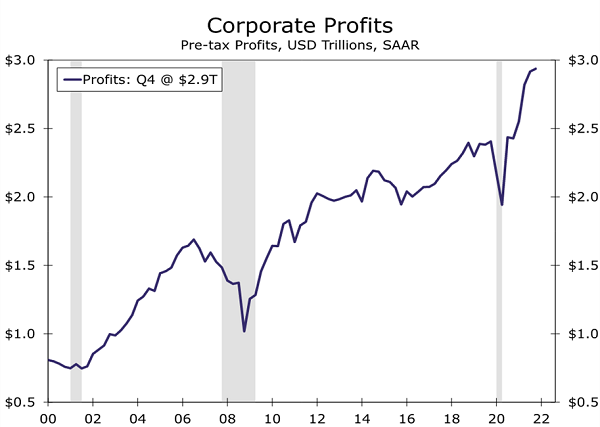There’s nothing we closed-end fund investors love more than finding a smartly run fund in an unfairly beaten-down sector. This hands us a nice discount (of course!), plus a much bigger dividend, because yields and prices move in opposite directions.
In fact, with CEFs, we’re actually getting a “double discount”: one from the depressed sector and one from the CEF’s discount to net asset value (NAV, or the value of the stocks in its portfolio). This indicator only exists with CEFs, and we’ll cover 4 with particularly attractive discounts to NAV in a second.
Plus, CEFs already boast yields that triple (or more) those of regular stocks, so deep-discounted CEFs give you an income stream that’s bigger still.… Read more


Recent Comments